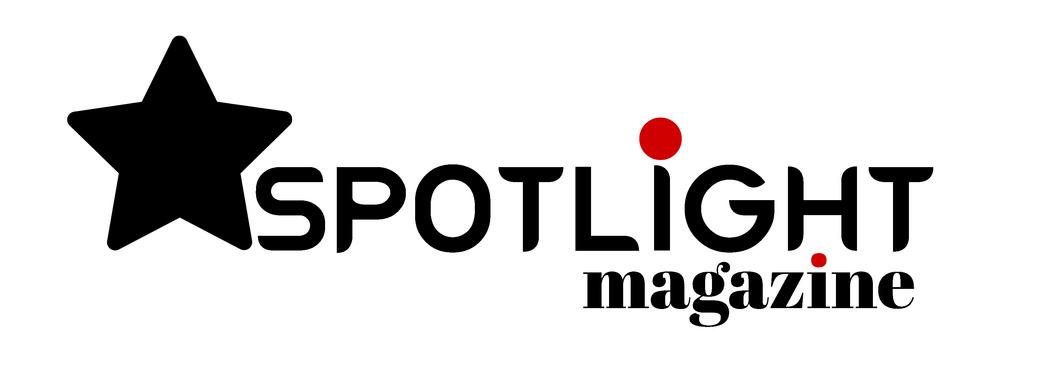
3 minute read
FIVE WAYS THAT NONPROFITS CAN MAKE DECISION MAKING MORE INCLUSIVE—AND MORE EFFECTIVE
Effective leaders are decisive and confident and almost always surrounded by a strong team of advisors. Their ability to call on specialized expertise and multiple perspectives helps to shape more effective decisions and manage their consequences. More recently, though, many nonprofits have become acutely aware that their leaders and advisors the decision makers don’t fully reflect the rest of their organizations or their communities. More inclusive decision making could better factor identity and lived experience into decisions, and also entrust decision making to a broader set of leaders. It would ultimately drive more equitable progress toward nonprofits’ missions
When decision-making authority and roles are distributed more broadly across an organization, and decision processes are well understood, it can sharpen decisions, improve follow through, and spur learning and growth.
Advertisement
Inclusive decision making done right is essential to decision making done well. A growing body of research from the business world also shows that more diverse perspectives can result in better decisions. It brings relevant information to the table and better guards against the biases that can lead decision makers astray. But it hasn’t always been a priority for nonprofits. Until 2020. That’s when the social sector stepped up to respond to COVID-19 and the racial disparities in the pandemic’s health outcomes and economic impacts as well as to the nationwide protests against police violence and a broader awareness of racial injustice in the United States. The reckoning echoed an ongoing shift in mindsets globally to lift up the voices and power of the communities most directly experiencing inequities across a broad swathe of social issues.
In our conversations with nonprofit leaders and their teams, the desire to turn reflection into action came through. Many nonprofits are seeking ways to open up their decision processes to better reflect the racial diversity within the organization, and among those they serve. “We need to think about how we get better as an organization so that those closest to the effect of the decision have voice and are involved,” says Elizabeth Whitford, CEO of School’s Out Washington, which works to ensure equitable access to high-quality, expanded learning programs in all the state’s communities.
RAPID Decision Making
The RAPID® tool for decision making can help a nonprofit spell out roles to improve its organizational decision-making process. Read more
Others are seeking to improve decision making as their organizations grow or change. Social sector leaders like Ananda Valenzuela and Vu Le have strongly criticized top- down processes in the nonprofit world, arguing that decisions should be made by the person most closely linked to the decision, or by the person with the most energy, skill, and experience to make it. “When I started here, I was running the organization with one other employee,” says Julie Cordua, CEO of the nonprofit Thorn, which builds technology to defend children from sexual abuse. “Now it’s a $25 million organization with lots of employees and stakeholders around the world. So my job as a leader is different. You want more people making decisions, and you want why and how they’re making these decisions to be transparent ” Having more voices at the table can be vital to hearing a diversity of perspectives. However, when we talk about inclusive decision making, we’re also talking about decision power and roles being distributed more broadly across the organization This article, based on The Bridgespan Group’s work with scores of local, national, and global nonprofits and NGOs around decision making, looks at five promising approaches for making decisions in ways that are both inclusive and effective, leading to more equitable outcomes
1. Map roles for key decisions and make sure you’re hearing the full range of perspectives
“The idea of making decision roles explicit really matters,” says Markita Morris-Louis, incoming CEO (and currently chief strategy officer) of Compass Working Capital, which focuses on financial coaching for residents of public and subsidized housing. The organization uses a tool called RAPID®[1] developed by Bain & Company and used by a wide range of nonprofits, including Bridgespan itself to make decisions “Every employee is trained in RAPID as part of our onboarding,” Morris-Louis adds. “Everyone understands the language you can walk into a meeting, and people can say who has what role in a decision.”
RAPID described in greater detail in “The RAPID Decision-Making Tool for Nonprofits” is a way to assign roles in a decision process. The letters in the acronym provide an easy way to think about five important roles in most decision processes: Recommend, Agree, Perform, provide Input, and Decide The tool helps clarify who provides input on a decision, who shapes the decision and ultimately decides on it, and who carries out the decision once it is made. Many teams have an “aha” moment when they realize that everything doesn’t just come down to the “D,” or decision maker Other roles are also critical We’ve found it to be easily adaptable to different situations, team sizes, and types of organizations. And, despite the name, the framework’s focus is clarity and accountability more than speed itself.
Consider the example of One Million Degrees, which helps low-income community college students succeed in school, work, and life. The organization grows through partnerships, so decisions about whether to enter into a new partnership are vital. PuraCarina González, director of innovation and strategic initiatives, explains that as the organization grew, the CEO understood that she could no longer decide on new partners primarily by herself.





